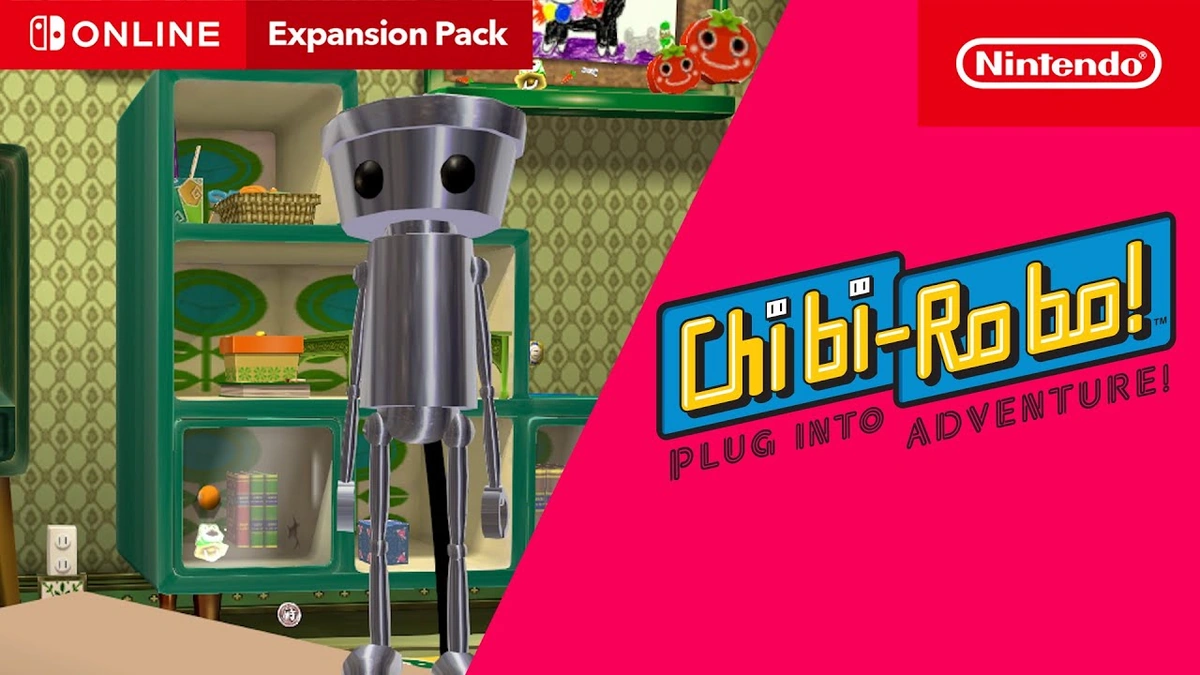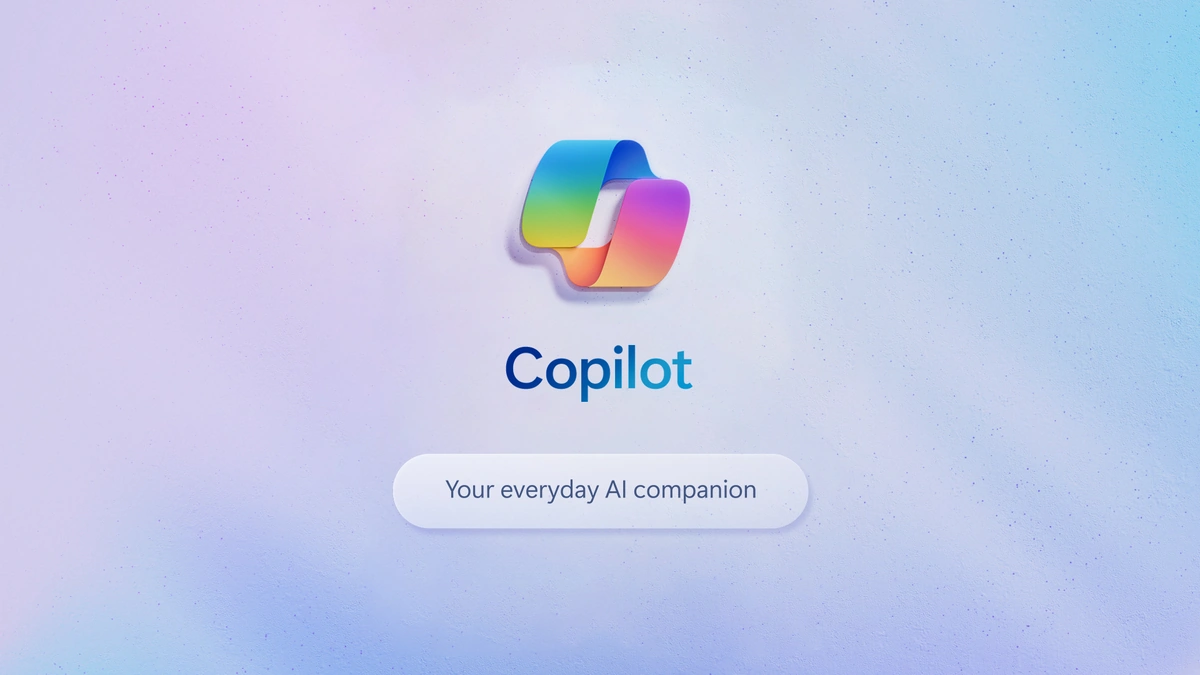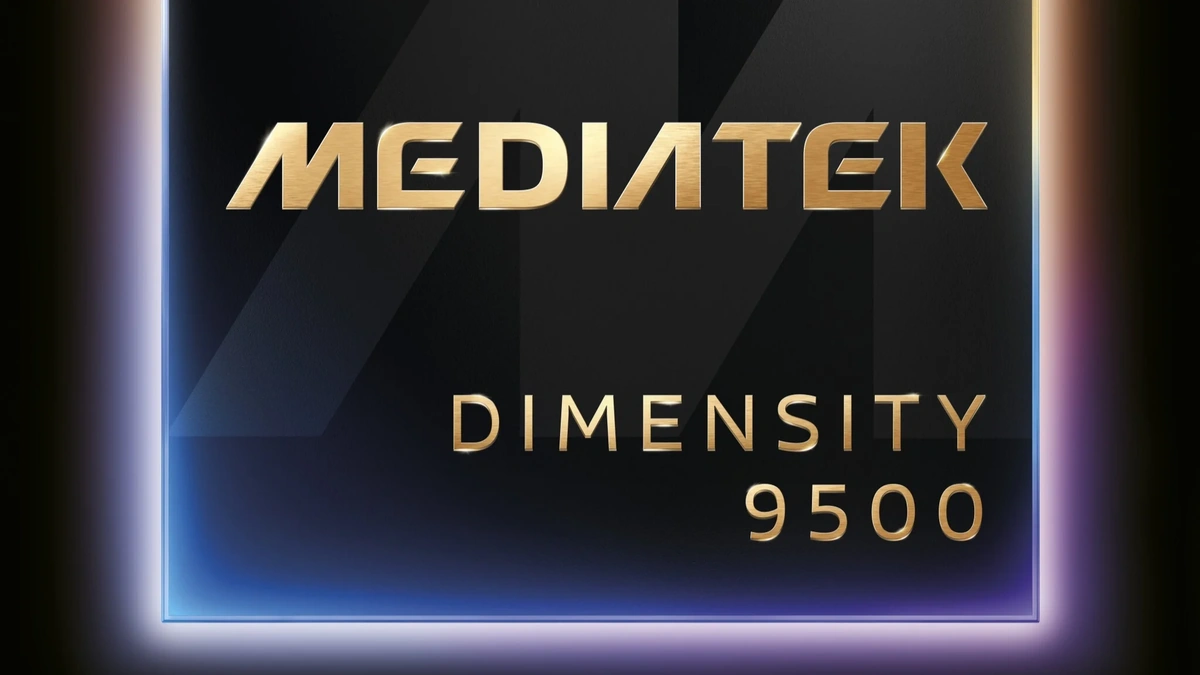The Heartbreaking Story of Chibi-Robo | Why Nintendo’s Cutest Hero is a Tragic Masterpiece
Let’s talk about forgotten heroes. Not the ones from myths or history books, but the ones made of pixels and code. In the vast, colourful kingdom of Nintendo , we all know the superstars Mario, Link, Pikachu. They are the royalty, the permanent residents of the pop culture pantheon. But what about the ones who had their moment, shone with a strange and beautiful light, and then… vanished?
This is the story of one such hero. A tiny, 10-centimeter-tall robot with a plug for a tail and a heart bigger than his entire metal body. His name is Chibi-Robo , and his story isn’t just about a video game. It’s a fascinating, slightly sad, and ultimately heartwarming tale about art, commerce, and why some of the best things in life are destined to become beloved, brilliant failures.
So grab a coffee. Let’s get into why this forgotten little robot is one of Nintendo’s most profound creations and why its story matters more than ever today.
What on Earth Was Chibi-Robo, Anyway? (Hint | It Wasn’t Just a Cleaning Sim)
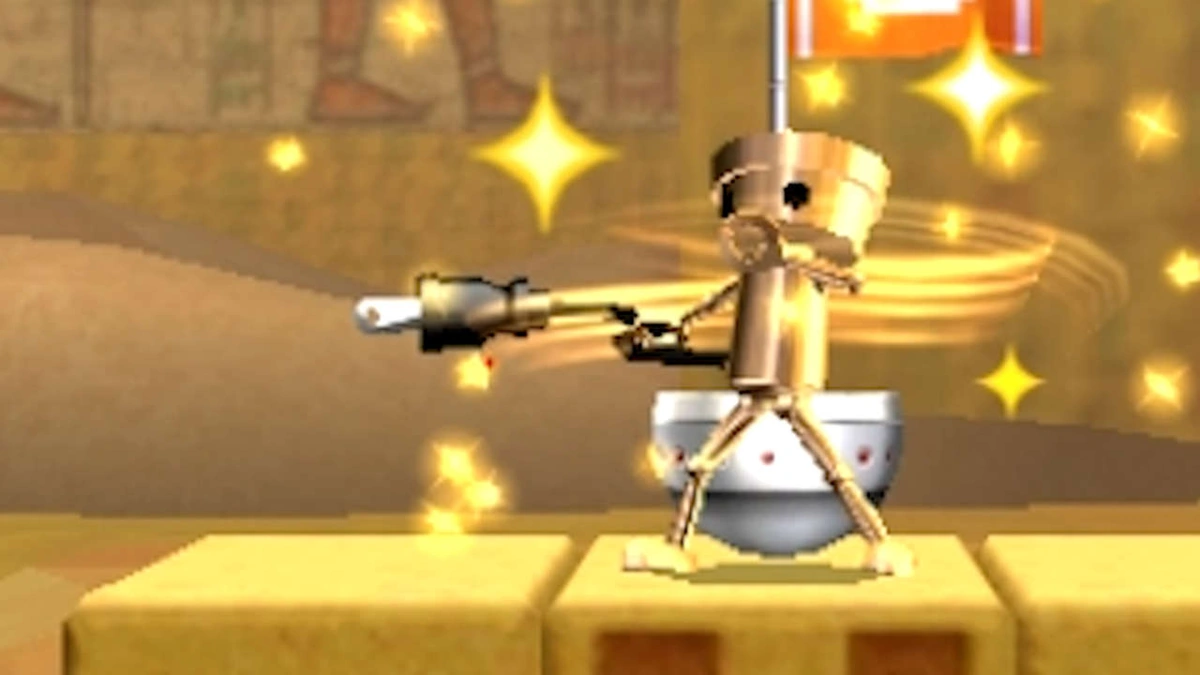
On the surface, the original 2005 game, Chibi-Robo! Plug Into Adventure! , sounds mundane. You play as a tiny robot bought by the dysfunctional Sanderson family. Your job? To clean, solve minor problems, and spread happiness to raise your rank and become the top-rated Chibi-Robo in the world. You scrub stains with a toothbrush, look for discarded snack wrappers, and plug yourself into wall sockets to recharge. It sounds like a chore simulator.
But that’s the disguise. It’s a brilliant, Trojan Horse-style piece of game design.
What you actually end up doing is witnessing the quiet drama of a family on the verge of falling apart. The parents, Mr. and Mrs. Sanderson, argue constantly about money. Their daughter, Jenny, copes by talking to her frog-themed toys, who have their own surprisingly deep personalities. The family dog is trying to become a superhero. A group of sentient, freelance toy soldiers are waging a war against a hive of spiders in the basement. It’s wonderfully weird.
You, the tiny, almost silent robot, become the family’s therapist, their confidant, their unseen helper. You’re not just cleaning floors; you’re trying to clean up their lives. The game brilliantly uses its small scale to tell a huge, emotionally resonant story. It touches on divorce, consumerism, loneliness, and environmentalism with a subtlety that most blockbuster games wouldn’t dare to attempt. The emotional depth of this little game is staggering, and it’s all done with barely any traditional dialogue from your character. It’s a beautiful, messy, and utterly unique experience.
The Curse of Being Quirky | Why Chibi-Robo Never Went Mainstream
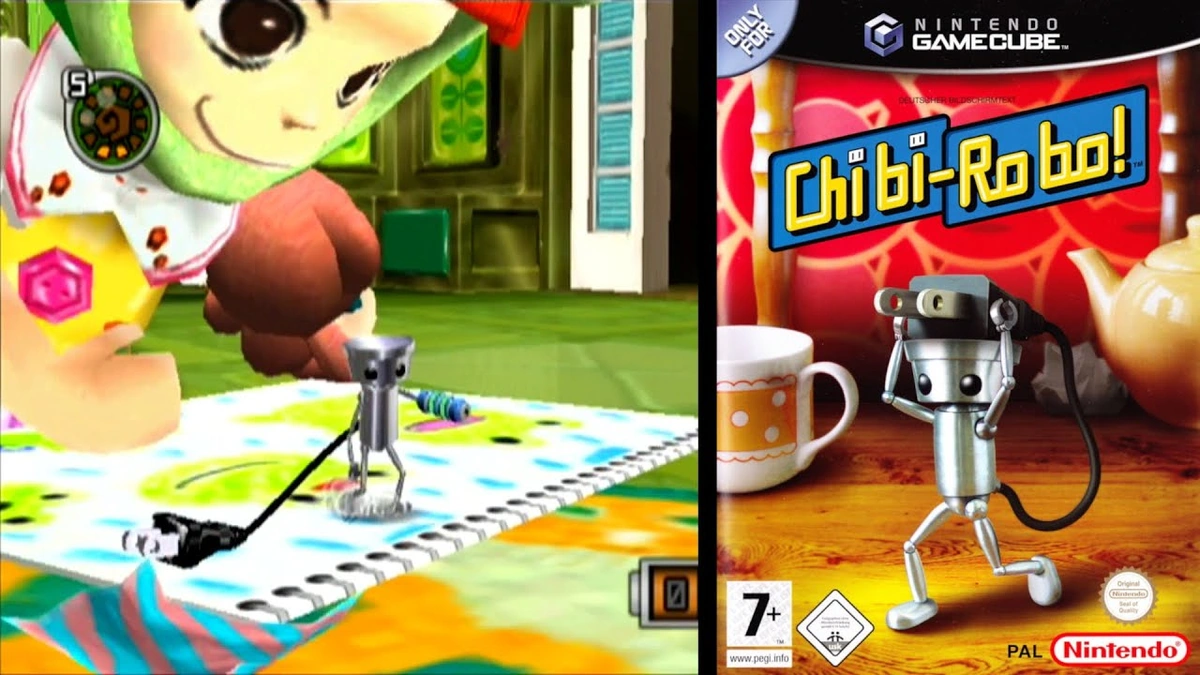
So if it was so brilliant, why isn’t Chibi-Robo as famous as Kirby? Why is he a piece of obscure trivia instead of a headliner? Here’s the thing, and it’s the core of his tragic story: Chibi-Robo was too unique for its own good.
Let’s break it down:
- A Marketing Nightmare: How do you sell a game like this? The box art was cute, making it look like a game for very young kids. But the themes were mature and often melancholic. It wasn’t quite an action game, not quite a puzzle game, and not quite an adventure game. It was a “domestic adventure,” a genre that doesn’t exactly fly off the shelves. It fell into the cracks between audiences.
- The Wrong Place, The Wrong Time: Chibi-Robo! launched on the Nintendo GameCube, a fantastic console that was, let’s be honest, getting trounced in sales by the Sony PlayStation 2. Nintendo was focusing its marketing muscle on guaranteed system-sellers like The Legend of Zelda and Metroid Prime. An experimental, quirky title like Chibi-Robo was left to fend for itself. It was an indie soul in a blockbuster world.
- The Disastrous Follow-Up: The series didn’t die immediately. There were a couple of sequels on the Nintendo DS that tried to recapture the magic. But the real nail in the coffin was a 2015 game for the 3DS called Chibi-Robo! Zip Lash. Instead of the open-ended, exploration-based gameplay of the original, Nintendo opted to make it a generic 2D side-scrolling platformer. It stripped away everything that made the original special—the heart, the story, the unique gameplay—and replaced it with bland, forgettable mechanics. Fans hated it. The game famously ended with a joke-not-a-joke message suggesting that if the game didn’t sell well, the series was finished. It didn’t, and it was.
The journey of this video game franchise is a classic example of a company not quite understanding the genius of its own creation. They saw a cute character and thought he belonged in a simple, marketable genre, missing the point that his power was in the strange, emotional world he inhabited.
From Forgotten Gem to Cult Icon | The Digital Afterlife
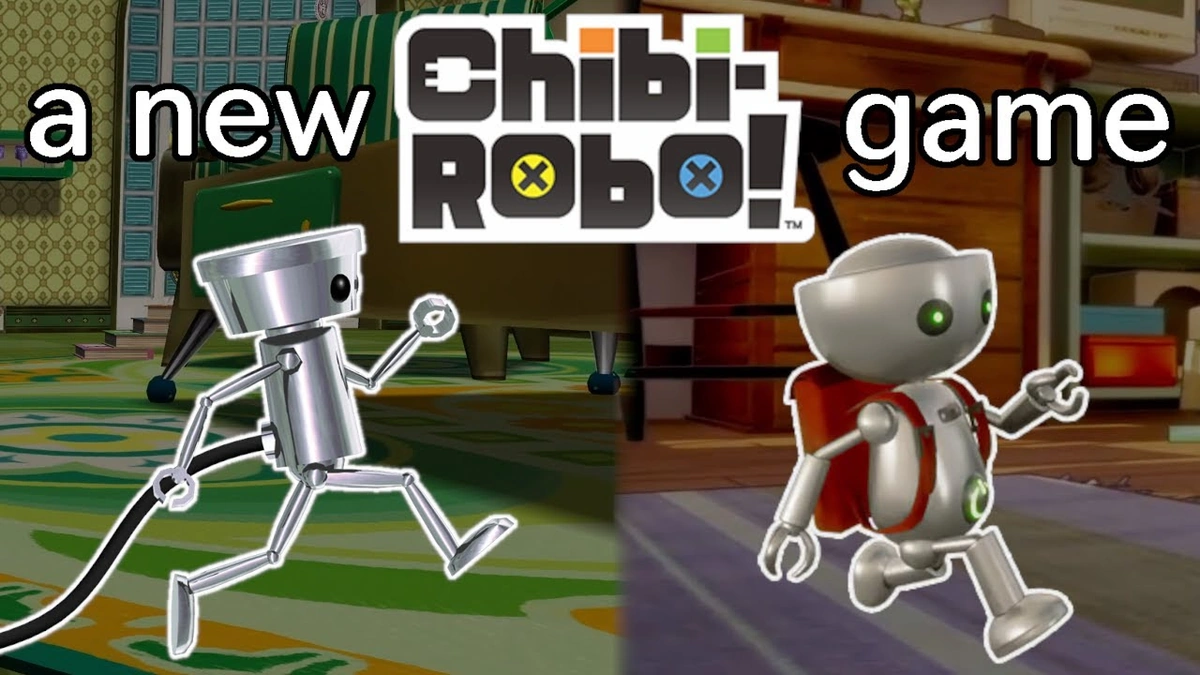
But here’s where the story gets beautiful. In the years since its commercial failure, Chibi-Robo has been resurrected. Not by Nintendo, but by the internet.
A passionate cult classic following has blossomed online. Video essayists on YouTube discovered the original game and created hours of content dissecting its surprisingly deep themes and emotional core. Word of mouth spread. People who missed it the first time around found ways to play it (often through emulation, as original GameCube copies are now ridiculously expensive) and were captivated.
What fascinates me is how its legacy is now intertwined with modern internet culture. The same way a brilliant mind like that of OpenAI’s Mira Murati can shape a product’s destiny, the collective voice of fans and creators has reshaped Chibi-Robo’s narrative from one of failure to one of a misunderstood masterpiece. Its story became a symbol for other quirky, heartfelt games that struggle to find their audience. It’s a testament to the idea that great art eventually finds its people, even if it takes a decade or two.
The game’s quiet, helpful nature resonates in a world that often feels loud and chaotic. It’s the ultimate “iykyk” (if you know, you know) video game a secret handshake among those who appreciate games that make you feel something profound. The demand for a faithful remake or a true sequel is louder than ever, a constant hum in Nintendo forums and on social media.
Frequently Asked Questions about our Little Robot Friend
So, can I still play the original Chibi-Robo?
It’s tricky. The easiest (and most common) way is through emulation on a PC, using a program like Dolphin. If you want a physical copy, be prepared to spend a lot. Original copies of the Nintendo GameCube game are highly sought after by collectors and can cost a small fortune on sites like eBay.
What was the very last Chibi-Robo game?
The last one was Chibi-Robo! Zip Lash for the Nintendo 3DS in 2015. It came bundled with a cute amiibo figure, which for many fans is the best part of the whole package. It’s a far cry from the original and is generally not recommended if you’re looking for that same magical experience.
Is Chibi-Robo in Super Smash Bros.?
This is a sore spot for fans! While he isn’t a playable fighter, he has appeared as an Assist Trophy and a Spirit in Super Smash Bros. Ultimate . Fans have been campaigning for his inclusion as a full-fledged fighter for years, seeing it as the ultimate validation for their forgotten hero.
Will Nintendo ever bring Chibi-Robo back?
It’s the million-dollar question. Officially, Nintendo has been silent. The developer of the original game, Skip Ltd., is now largely defunct. However, given Nintendo’s recent trend of remaking beloved GameCube classics like Metroid Prime and Paper Mario: The Thousand-Year Door , fans remain hopeful. There’s always a glimmer of hope that the little robot will get to plug back in one day.
What made the original so different from other games?
It was its pacing and its heart. In a world of games that demand you rush from point A to B, Chibi-Robo encouraged you to slow down, observe, and just… be. The heartwarming act of finding a lost toy or helping a character resolve a personal crisis was the “reward,” not just a high score. It was a game about kindness.
In a way, the marketing for a product like the Vivo V series , which focuses on specific, tangible features, is the polar opposite of how you’d have to market Chibi-Robo. You can’t sell an emotion or a feeling in a bullet point, and that was always the game’s biggest commercial challenge and its greatest artistic strength.
Chibi-Robo’s legacy, then, isn’t measured in sales figures or franchise sequels. It’s measured in the quiet, lasting impact it had on everyone who took a chance on the little robot with the plug. It’s a powerful reminder that the most memorable stories aren’t always the loudest epics. Sometimes, they’re the small, whispered ones about trying your best to make a sad house happy again.
